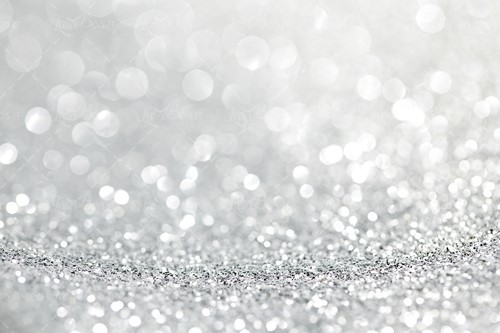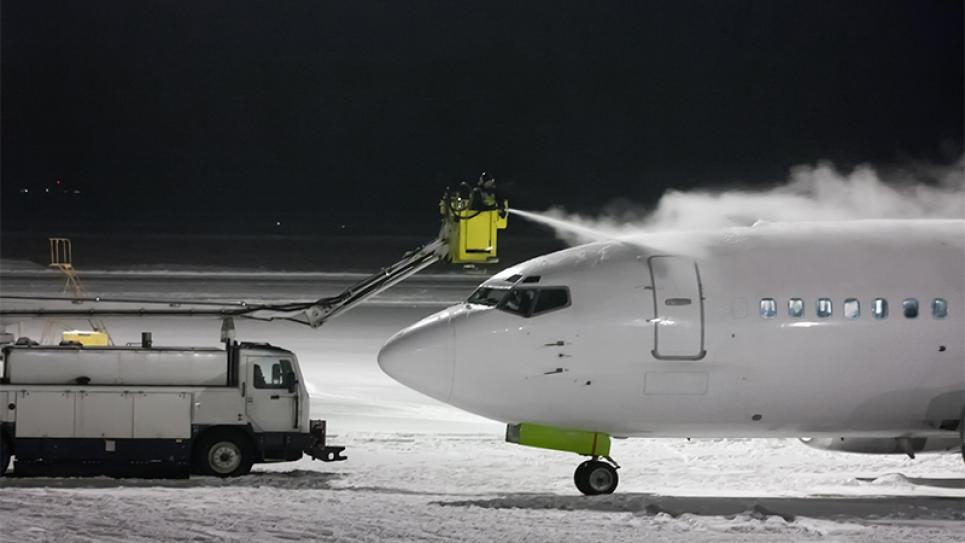
بلاگ
تایپ های مختلف مواد یخ زدا از هواپیما

Deicing fluids come in a variety of types, and are typically composed of ethylene glycol (EG) or propylene glycol (PG), along with other ingredients such as thickening agents, surfactants (wetting agents), corrosion inhibitors, and colored, UV-sensitive dye. Propylene Glycol-based fluid is more common due to the fact that it is less toxic than ethylene glycol.
The Society of Automotive Engineers publishes standards (SAE AMS 1428 & AMS 1424) for four different types of aviation deicing fluids:
-Type I fluids have a low viscosity, and are considered “unthickened”. They provide only short term protection because they quickly flow off surfaces after use. They are typically sprayed on hot (130–۱۸۰°F, 55-80°C) at high pressure to remove snow, ice, and frost. Usually they are dyed orange to aid in identification and application.
-Type II fluids are “pseudoplastic”, which means they contain a polymeric thickening agent to prevent their immediate flow off aircraft surfaces. Typically the fluid film will remain in place until the aircraft attains 100 knots or so (almost 200 km/h), at which point the viscosity breaks down due to shear stress. The high speeds required for viscosity breakdown means that this type of fluid is useful only for larger aircraft. The use of type II fluids is diminishing in favour of type IV. Type II fluids are generally light yellow in color.
-Type III fluids can be thought of as a compromise between type I and type II fluids. They are intended for use on slower aircraft, with a rotation speed of less than 100 knots. Type III fluids are gaining acceptance in the
regional and business aviation markets. Type III fluids are generally light yellow in color.
-Type IV fluids meet the same AMS standards as type II fluids, but they provide a longer holdover time. They are typically dyed green to aid in the application of a consistent layer of fluid.
Deicing fluids containing thickeners (types II, III, and IV) are also known as anti-icing fluids, because they are used primarily to prevent icing from re-occurring after an initial deicing with a type I fluid.



